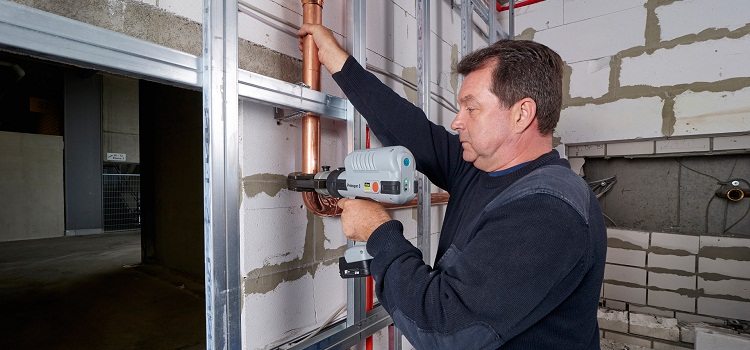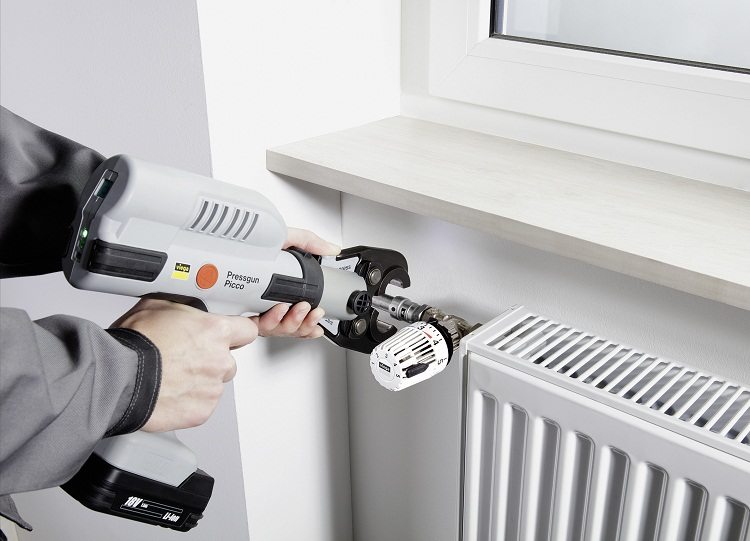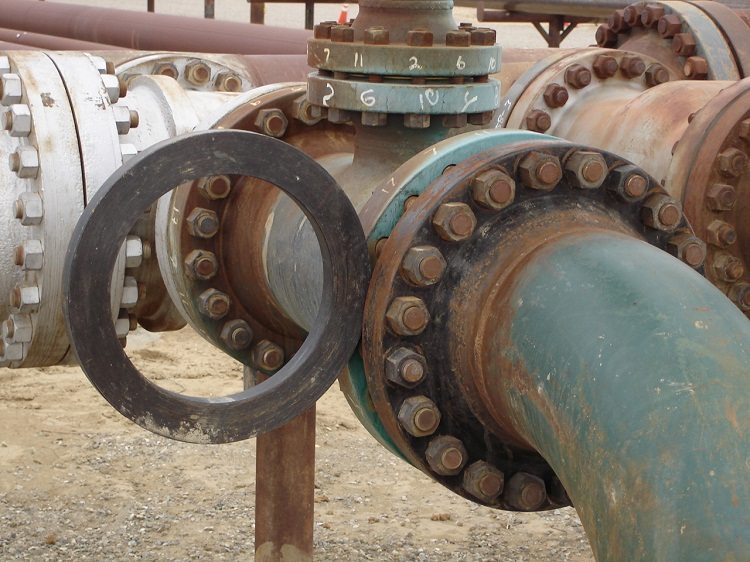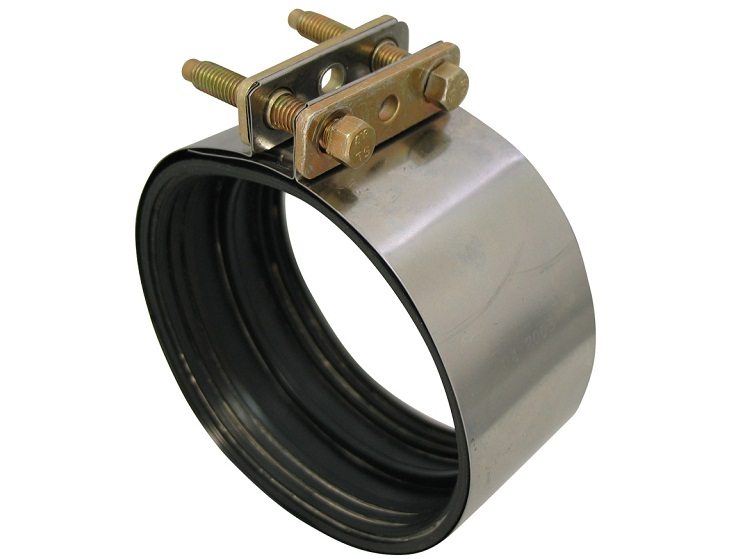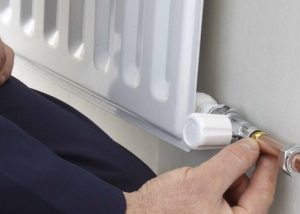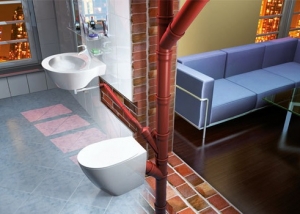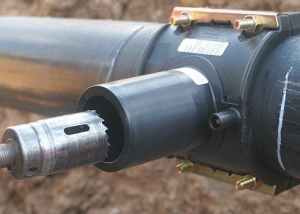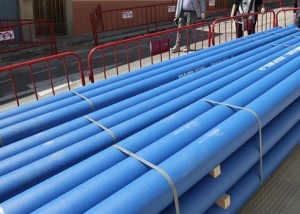Owners of not only private houses, but also apartments in modern high-rise buildings often face the need to connect metal pipes. To do this, you can apply a wide variety of methods, materials and tools. The most common methods of joining using threading and welding. But there are alternatives. After all, it is not always possible to conveniently get to the problem area.
Content
Additional Arguments
Many professionals recommend connecting metal pipes without welding. The rejection of the traditional method, they justify the following reasons:
- quite a high cost of welding. If it is necessary to dock only a few products, it is not practical to use professional welding equipment;
- complexity of execution. Actually, this factor applies to most construction works. It is no secret that they are often held in a cramped room with high humidity. In addition, there may be no power supply, the power of which will be enough for the functioning of the welding machine. In this case, without knowledge of how pipes are connected without welding, the contractor will not cope with the task;
- lack of mobility. The occurrence of a situation of increased danger, for example, a breakthrough or an accident, requires the fastest and most effective response. It will take a long time to invite a specialist with his welding equipment. If the situation is really extreme, the most negative consequences can be expected.
Types of fittings
To connect metal pipes without cutting threads and without welding, parts called “fitting” are used. Their classification is carried out according to two main criteria.
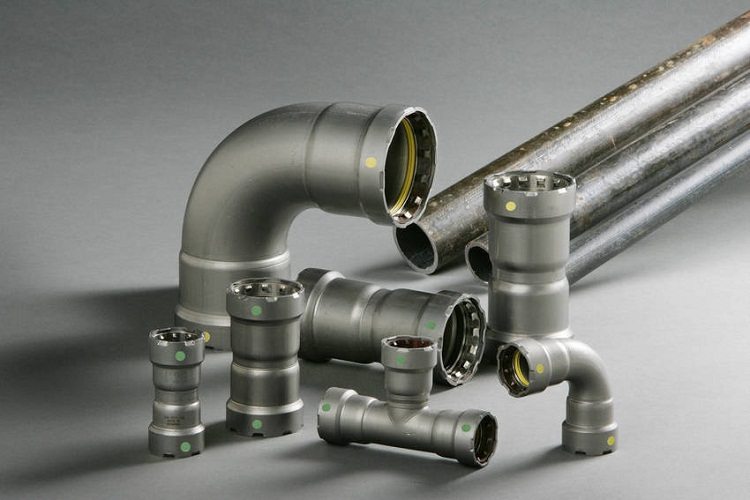
Press fittings come in various shapes and configurations, this allows you to mount the system with turns and branches
The first is the equal diameter of the joined pipes. According to these criteria, fittings are:
- direct. They are used to connect products with the same section size;
- transient. Used in cases when pipes of different diameters are joined.
The second criterion is destination. Fittings are divided into:
- corners and bends. They are installed when it is necessary to change the direction of pipelines at different angles of inclination;
- tees. They are used to create branches from the main stream;
- couplings. They are used to increase the length of the straight segment of the pipeline without threading and welding. This view is the simplest. However, it is most in demand. Using a coupling allows you to easily replace a piece of a damaged pipe without having to replace the entire structure;
- crosses. This connector provides the ability to split the stream into several directions;
- fittings. Provide a connection of metal pipes with flexible bends;
- adapters (futorki, driving, nipples). Such parts are used to connect pipes of various sizes;
- caps, caps. Used to overlap the end holes.
According to the installation method, crimp fittings are most widely used.
Important! Such fittings demonstrate high efficiency in the arrangement of street networks, as well as pipelines in apartments and private houses.
Benefits of Crimp Fittings
Crimp fittings for metal pipes produced by modern industry are press and are equipped with one or two crimp rings. It is with their help that the connecting part is attached to the pipe. The rings are tightly pressed, so often in the event of an emergency, the press fittings will need to be cut and replaced with new ones. It would seem that not the best technical solution. However, most professionals who know how to connect pipes without welding and threading in other ways give preference to press fittings. They explain their choice, first of all, by the fact that these parts can be installed in places where all other types of fittings simply cannot be mounted.
Of the advantages of crimp fittings, experts distinguish:
- without welding and other additional work, absolute sealing of the working environment is achieved;
- pipe connection is very reliable;
- press fittings are characterized by a high rate of vibration fatigue.
Today, such parts are widely used in metrology, compressor and gas turbine equipment, for tying instrumentation and automation devices, as well as in systems with a high level of working pressure.
The correct connection of pipes without welding and thread. Methods
The choice of method is determined by the type of products that are planned to dock. Pipes are conditionally divided into the following categories:
- hard;
- flexible.
The first type is cast iron pipes, steel pipes, pipes made of non-ferrous metals or PVC. The second type is products from polyethylene, polypropylene and metal plastic.
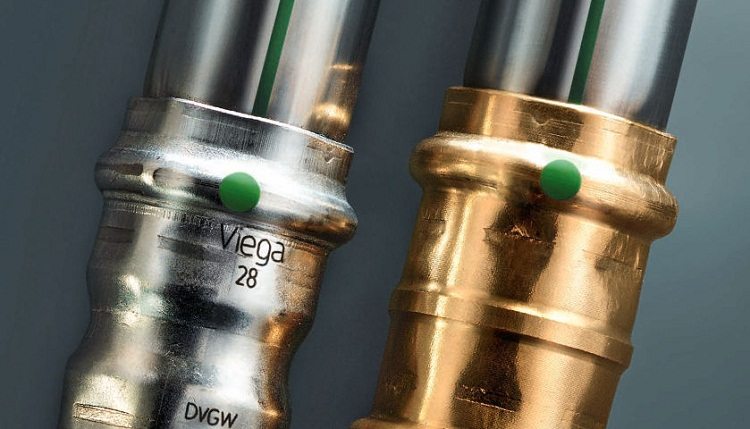
A reliable connection can only be obtained if the fittings are manufactured by a well-known company that guarantees quality
1. To connect two metal pipes without thread and welding, couplings are usually used. They are equipped with special fasteners and are characterized by high strength due to the fact that they are made of rigid materials. But these properties are inherent only in the products of world leaders in this segment of the sanitary market - manufacturers from Switzerland, Sweden and France. Couplings are used for joining pipes of different materials or different diameters.
2. Another option for connecting pipes without welding and threading is the use of flanges. These parts are equipped with a rubber gasket. The sequence of work is as follows:
- The attachment area is cut off. The slice is performed strictly perpendicular to the longitudinal axis of the pipe. Chamfering is not necessary.
- A flange is worn to cut.
- Then a rubber gasket is inserted so that it extends 8-10 centimeters beyond the edges of the cut.
- After that, the clad flange is connected to the counterpart mounted in the same manner on the second metal pipe.
Advice! Tighten bolts without excessive force. More than once the facts were observed that these fasteners burst or broke.
The answer to the question of how metal pipes are connected without welding using flanges will be incomplete without mentioning the following points:
- it is not recommended to use several gaskets for one flange. This may cause a decrease in tightness;
- to get a tight joint, the nuts must not be tightened sequentially around the circumference, but pairwise diametrically opposed to each other;
- for water supply, a ragboard pad impregnated with linseed oil is used;
- for heating pipes use a gasket made of asbestos cardboard;
- bolts should not protrude more than half from the nuts;
- the outer diameter of the gasket should not touch the bolts, and the inner should slightly exceed the diameter of the pipe itself.
Having learned how to connect two pipes without welding by the flange method, you can properly equip the sewage system and chimney, as well as the gas supply pipeline in a private house.
3. The coupling of the Gebo coupling has also found wide application. This part is one of the varieties of compression fitting. With its help, the docking of metal pipes is fast enough, and without the use of any special tools. The installation of the components of the Gebo coupling on the pipe is performed in the following sequence:
- First put on the nut.
- Then the rings: clamping, clamping, sealing.
- Then the coupling is put on halfway, and the nut is tightened.
- The second part is connected to the fitting in the same sequence.
4. It is possible to connect two pipes without thread and welding using a repair and mounting clip. This fitting looks like a coupling or tee, consisting of two parts. The halves are pulled together by bolts.
It should be noted that the main purpose of repair and mounting clips is to perform temporary repairs, for example, when cracks appear. In emergency cases, they can also be used for joining pipes. Installation is carried out as follows:
- First of all, it is necessary to achieve absolute smoothness of the surface. To do this, the sections of the pipeline on which the fitting will be worn should be cleaned of irregularities formed by paint or rust;
- then a rubber sealant is put on the pipe. Its incision is coated with silicone sealant.
- then both halves of the fitting must be put on the rubber seal and tightened with bolts.
Advice! Make sure that the seal cover is full.
As you can see, this method is also extremely simple. The same principle is laid in the connection with a clamp. The only difference is that it is not tightened from two sides, but only from one side. However, the use of clamps provides a more reliable connection than a repair and mounting clip.
Connection without thread and welding of shaped metal pipes
Most often, this procedure is performed using crab systems and clamps.
1. Crab systems. Such structures are connecting brackets with fasteners. They are made of galvanized sheet metal with a thickness of 1.5 millimeters. Staples from two halves are assembled using bolts and nuts. When assembled, they form a “T” -, “X” - or “G” -shaped element that can tightly wrap around the ends of several (up to four) pipes. By strength, such fasteners are comparable to a welded joint. The use of crab systems provides an opportunity to quickly assemble and disassemble complex frame structures.
Of the disadvantages of this method, it is worth highlighting:
- Docking elements is possible only at an angle of 90 degrees;
- it is impossible to use crab systems for products with a large cross section.
2. Fixing collars. Using these parts, you can create structures of any degree of complexity, ranging from peaks and canopies, including shelving and fencing, and ending with greenhouses and aviaries for animals. The main advantage of such fasteners is that the strength of the connection is close to welded, and assembly / disassembly of the structure is allowed repeatedly. Moreover, it is possible and unprofessional to do this.
There are many methods for joining metal pipes, alternative to threading and welding. Everyone is good in his own way. A choice should be made taking into account specific conditions. Some of them require skills and special equipment, while others can be implemented even by novice masters.
